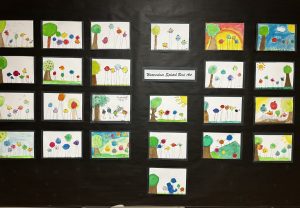
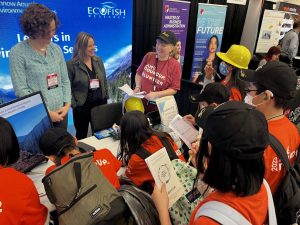
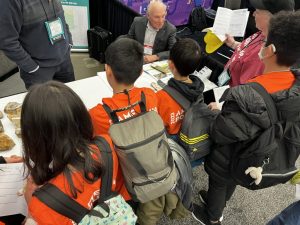
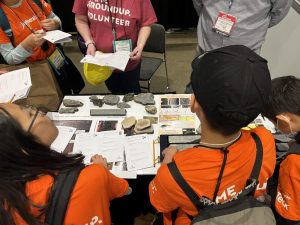
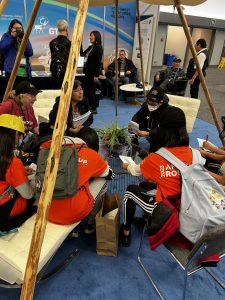
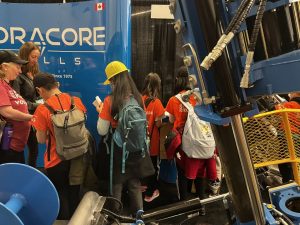
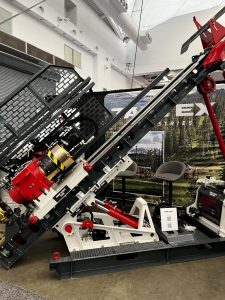

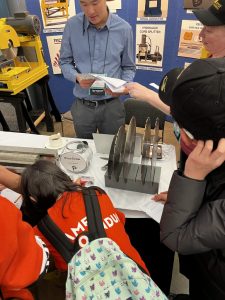
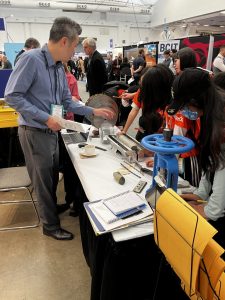
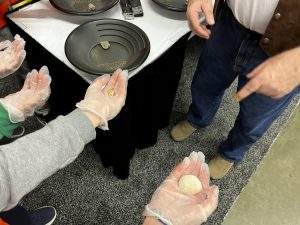
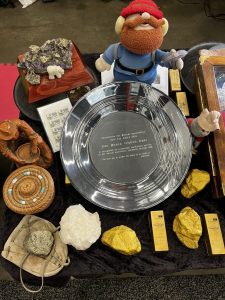
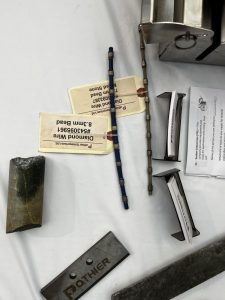
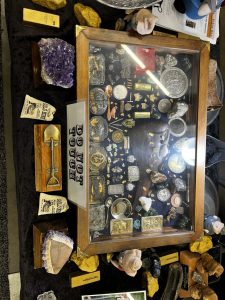
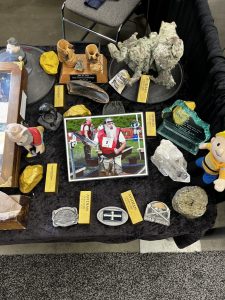
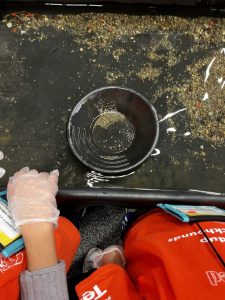

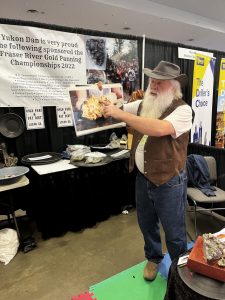
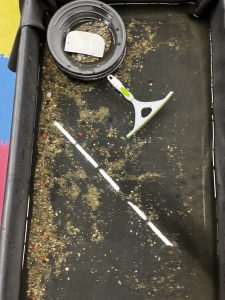
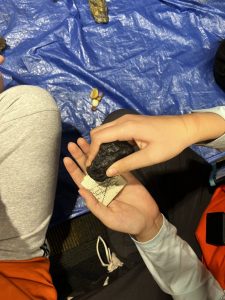
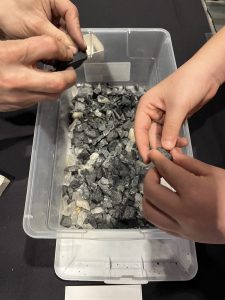
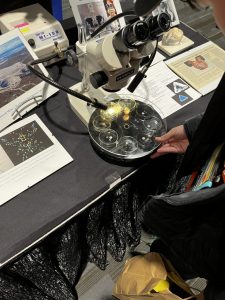
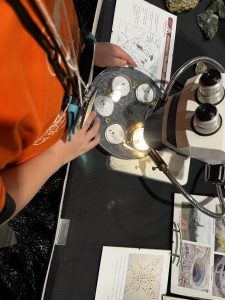
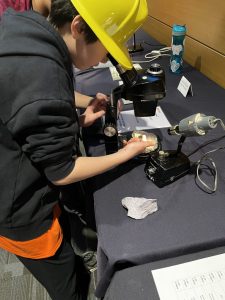
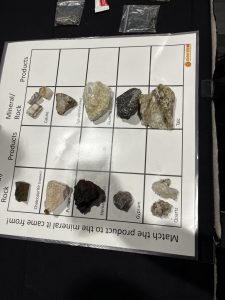
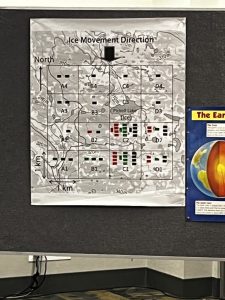
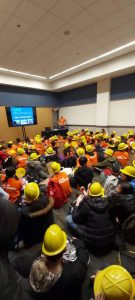
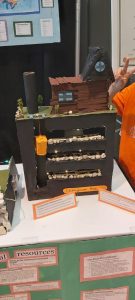
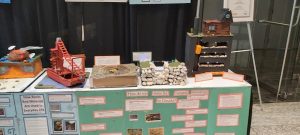
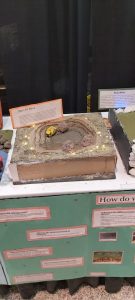
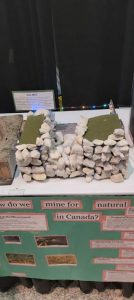
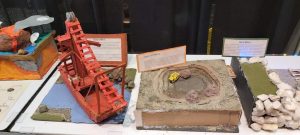
https://share.icloud.com/photos/0d5DTy3Mc_sPIHJYBqvrIhkHA
https://share.icloud.com/photos/076G0pCNZEMcmhOAdIYDbndRA
Students from Division 3 and 5 had a fun filled day at the Vancouver Convention Centre as we wrapped up our MineralsEd Rockhounds program. Throughout the day they learned more about geology, minerals, new technologies, and careers in mineral exploration and mining. They learned more about how Canada’s critical Minerals are used and why they are important to the global economy. They also had the opportunity to pan for gold with Yukon Dan and learned how geologist determine the location of mineral resources based on ice movements.
Thanks again #MineralsEd for this opportunity. We had a great time and learned so much.
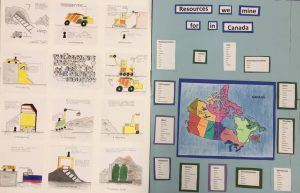
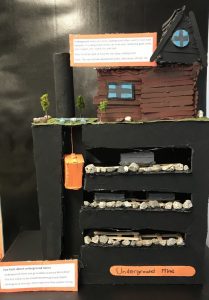

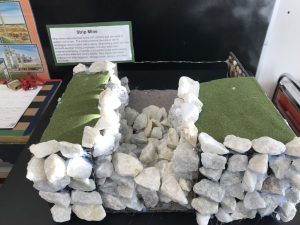
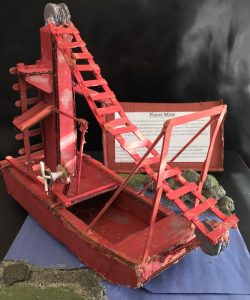
Students have been learning about the mining process and about different types of mines. Their work and models of open pit, placer, strip and underground mines along with their oversized visuals outlining the mining process and resources we mine for in Canada will be on display this week at the Vancouver Convention Centre for AME Roundup which is the premier gathering place for thousands of geoscientists, prospectors, financiers, investors, suppliers, governments and Indigenous partners to engage, share knowledge, and look at opportunities and challenges shaping the mining industry.
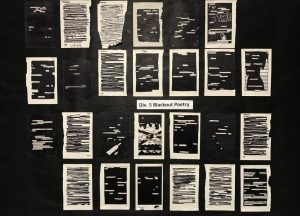
This term we have also been learning to write our own poetry. For this lesson students learned about blackout poetry and created their own poems from pages obtained from a novel that was going to be recycled. Blackout poetry is when you take a written piece of text from a book, newspaper, or magazine and redact words, in order to come up with your very own poetry. Don’t forget to read your child’s blackout poetry in their digital portfolio.
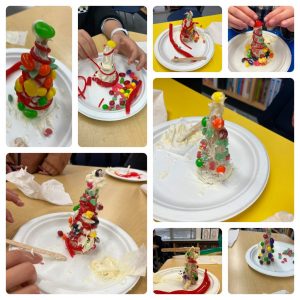
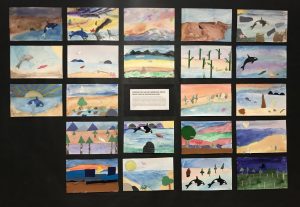
On Wednesday we had a visit from the Burnaby Art Gallery and students had the opportunity to explore artwork that incorporates BC’s coastal landscape. We looked at the artwork of artists such as Toni Onley, who has spent years documenting the coast of BC using watercolours, etchings and drawings; and Gordon Smith, who had a life-long fascination with BC’s rugged coast. We learned how artists use colour and atmospheric perspective to show the stillness of undisturbed coastlines. We also learned about watercolour and used mixed media collage techniques to create an art work that is influenced by our own connections to the environment.
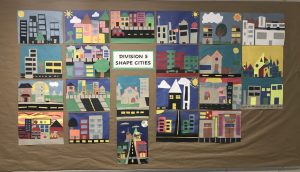
In Art students have been learning how to use shape as an element of art and created shape cities.
It was a wet day but we had so much fun at Britannia Mines today learning more about the rock cycle, types of rocks and minerals and the mining process.
Students, teachers, EA’s and parent volunteers participated in a one hour underground tour where they learned about how copper was mined and extracted from the earth when Britannia was a working mine.
After the underground tour we participated in a lab where we learned how every rock has a story. We learned more about how rocks tell us about the history of our planet, both distant and more recent. We also learned how rocks move through the rock cycle transforming from one type of rock to another.
To wrap up our visit we ended with an international award winning presentation called Boom where we were able to discover the thrilling light, sound, and special effects experience inside the historic mill. We experienced all 20-storeys coming back to life with a thunderous roar and even saw some Britannia ghosts 👻
Here are some pictures and videos from today. Enjoy!
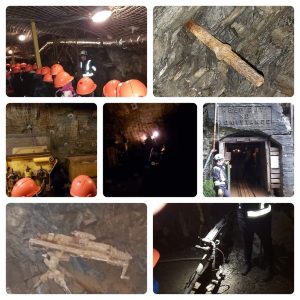
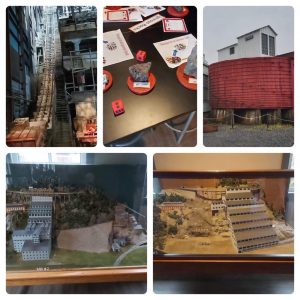
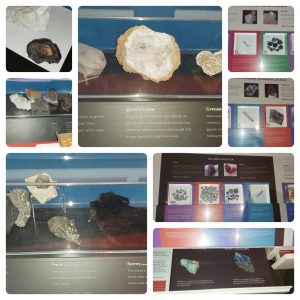
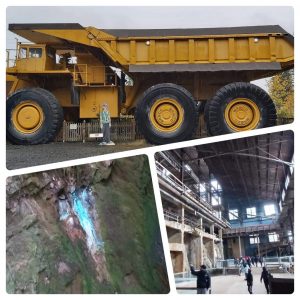
Video Links:
https://share.icloud.com/photos/0561TEQdbtD8TW-M0z5QMbbLQ
https://share.icloud.com/photos/0759oj0YKknFu9F8iOUB2xfRw
https://share.icloud.com/photos/0e5UGStFJwNYfzykUQSaXjjbw
https://share.icloud.com/photos/0e7XQVsjaCFdMPMRgyfq9HuOw
https://share.icloud.com/photos/011n77M8Nx6bpZhD_bKJxIKNA
https://share.icloud.com/photos/0afaUrunbLXaaxSJYtQPkYkDg
https://share.icloud.com/photos/062ruWBNprbLvNdFAotPs_MOg
https://share.icloud.com/photos/006nrPYLxGpZuKE0P05QuJfog
https://share.icloud.com/photos/09c8PxHChOeBOb9uBXVLOEXHA
https://share.icloud.com/photos/052hESMiiiRMUDnF2_sM9bnFw
https://share.icloud.com/photos/07erUmSdksmF4Mw2trHvYHm4A
In Class this week we’ve been learning about the the different types of rocks, the rock cycle, and the methods scientists use to classify rocks. Towards the end of the week they participated in a series of experiments to test and record the hardness, reactivity, and buoyancy of various rock samples before making predictions about the type of rock (igneous, sedimentary, metamorphic) each sample was. Here are a few photos showing these busy scientists at work:
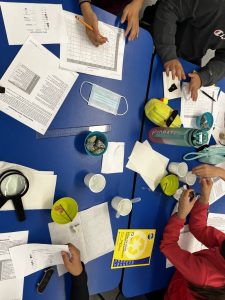
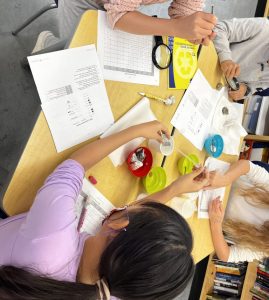
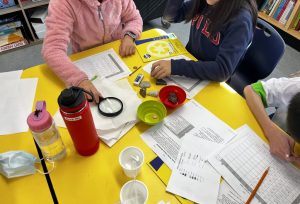
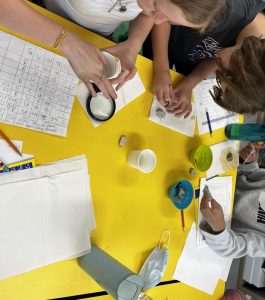
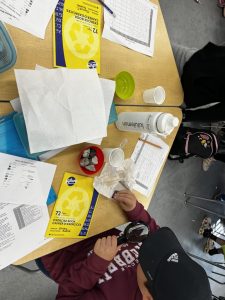
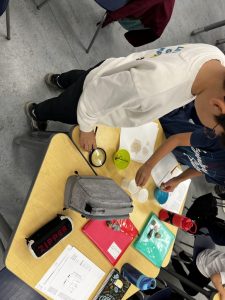
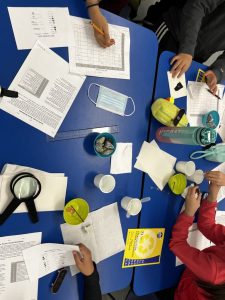
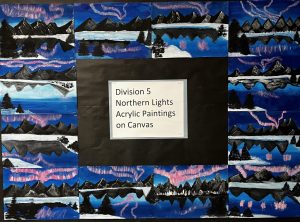
Div 3 Class Blog ©2024. All Rights Reserved.
Powered by WordPress.
Theme by Phoenix Web Solutions